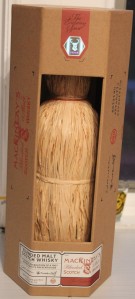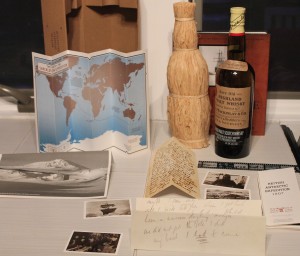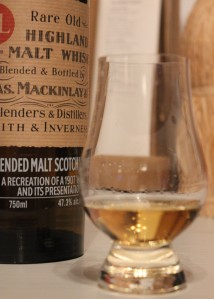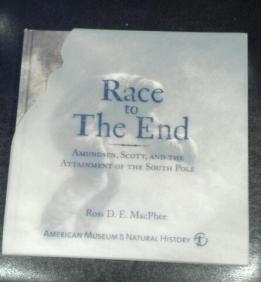“A gift from the heavensfor whisky lovers” -Richard Paterson, master blender at Whyte and Mackay
A few years back, under a hut which had stood on the Antarctic ice for more than a century, conservators from the New Zealand Antarctic Heritage Trust found three cases of whisky. This whiskey (originally 46 cases!) had been ordered from the Glen Mhor distillery for Ernest Shackleton’s 1907 journey to the South Pole. Of course their expedition would need whisky – they were gentlemen, after all, not savages.
The Story
In early 2007, when those conservators were working on the Cape Royds site, they discovered the cases buried under the shack in thick sheets of ice. Shackleton, who has become known in recent years for his management style, was in the news once more. Those in the whisky community were excited. People who care about Antarctica were enthralled. But there are international treaties in place to protect Antarctic artifacts (antartifacts?) Would anybody—let alone me—ever get to taste such a rare thing?
A crate of the whisky made its way to a museum lab in New Zealand in 2010. At the lab, the crate was slowly brought up to 0 Celsius and 10 of the 11 bottles were found to be intact. It amazes me that they survived so long… it reminds me of perfectly in-tact Greek and Roman glass, which clearly had divine protection to make it to our day.
Recreating the Past
Three of the bottles were flown via private jet to Scotland by Whyte and Mackay, the company which owns the Mackinlay’s brand. They “spent several weeks in the laboratory nosing, tasting and deconstructing the whisky to reveal its true heritage”. I’m amazed at what they could discover… that the whisky was matured in American oak sherry casks, that the peat was from the Orkney Islands… Science really is awesome.
The masters tasted the whisky (WOW!!!!) and, after what I’m guessing was a very spiritual connection with British history, they described the whisky like this:
“… light honey in colour, straw gold with shimmering highlights, and with an aroma that is soft, elegant and refined on the nose. Indeed, detailed nosing revealed delicate aromas of crushed apple, pear and fresh pineapple with notes of oak shavings, smoke and hints of buttery vanilla, creamy caramel and nutmeg. And, finally, the tasting revealed a spirit that has plenty of impact on the palate; a tantalising array of flavours that is both harmonious and exhilarating.”
In another bit of luck, even though the original distillery was closed, some of their product was still available. This meant that the flavor profile could be recreated more easily, using their whisky as a base.
My Tasting
My palate is nowhere near that refined. I recently ordered a bottle of this whisky and was impressed with the presentation when it arrived. Along with an interesting box, the bottle itself was covered in raffia (to remind the consumer of the original packing straw). The glass and labels were all created with the past in mind.
Along with the whisky, the box included reproductions and information about the journey. There is a map of Antarctica, of the hut (including where the cases were found), some prints of photos from the expedition and a booklet with a lot of the information I’ve shared above. It’s clear that a lot of love and respect went into this product.
In honor of Scott and the heritage this whisky represents, each bottle sold means a donation to the Antarctic Heritage Trust.
After the delightful squeaky squeaky pop on opening the bottle, I took a whiff. I will admit a certain fear that the smell would not be pleasing. I was wrong. I tend to drink single malts, so the combination of aromas was at first surprising but soon I was picking out the different layers. The taste is light and, as stated above, definitely harmonious and exhilarating.
This will be a lovely treat as I read more about Shackleton’s Antarctic adventures.
——-
Read more about the whisky’s journey here: http://www.theshackletonwhisky.com
Donate to the Antarctic Heritage Trust: www.heritage-antarctica.org



